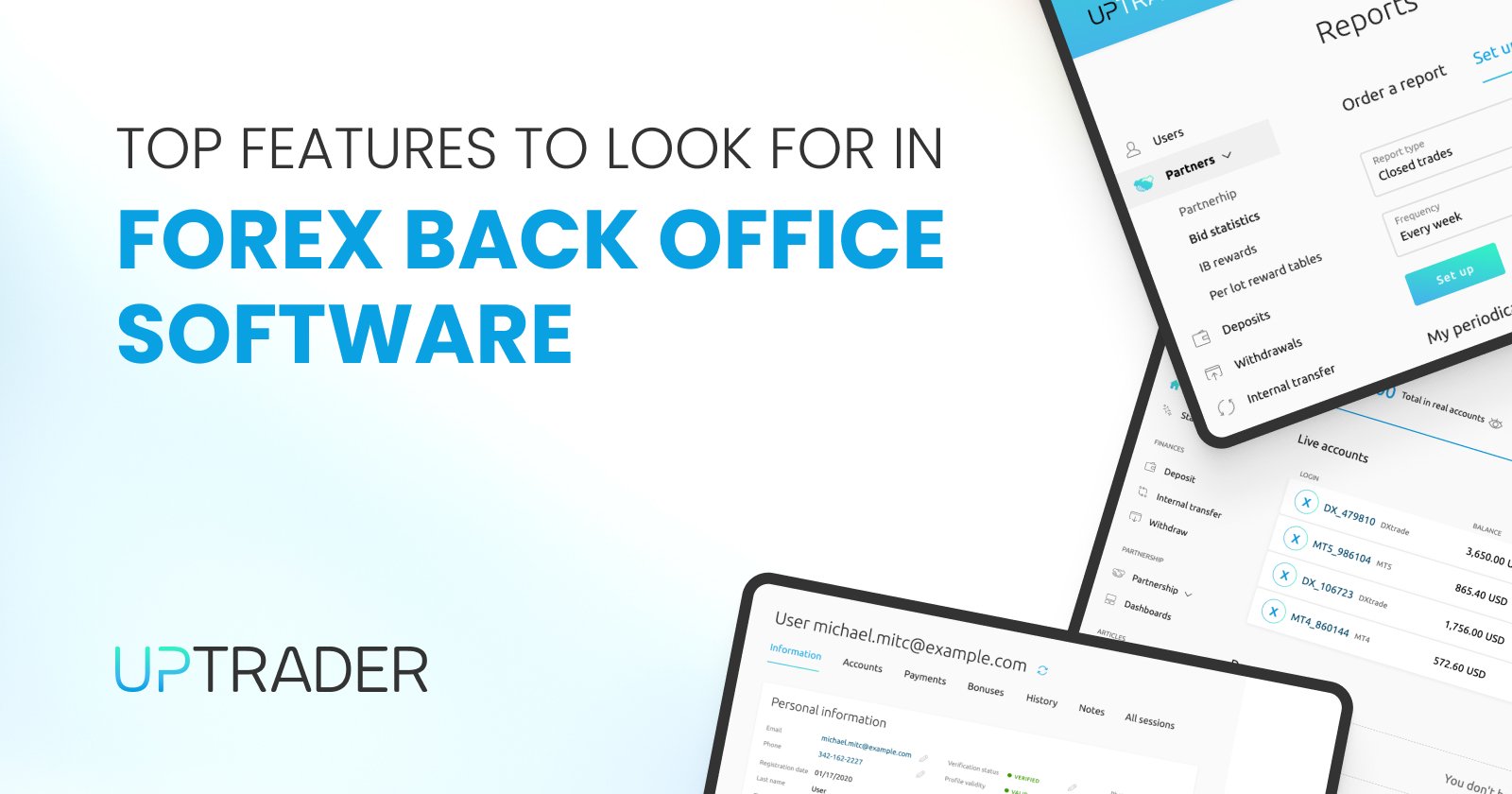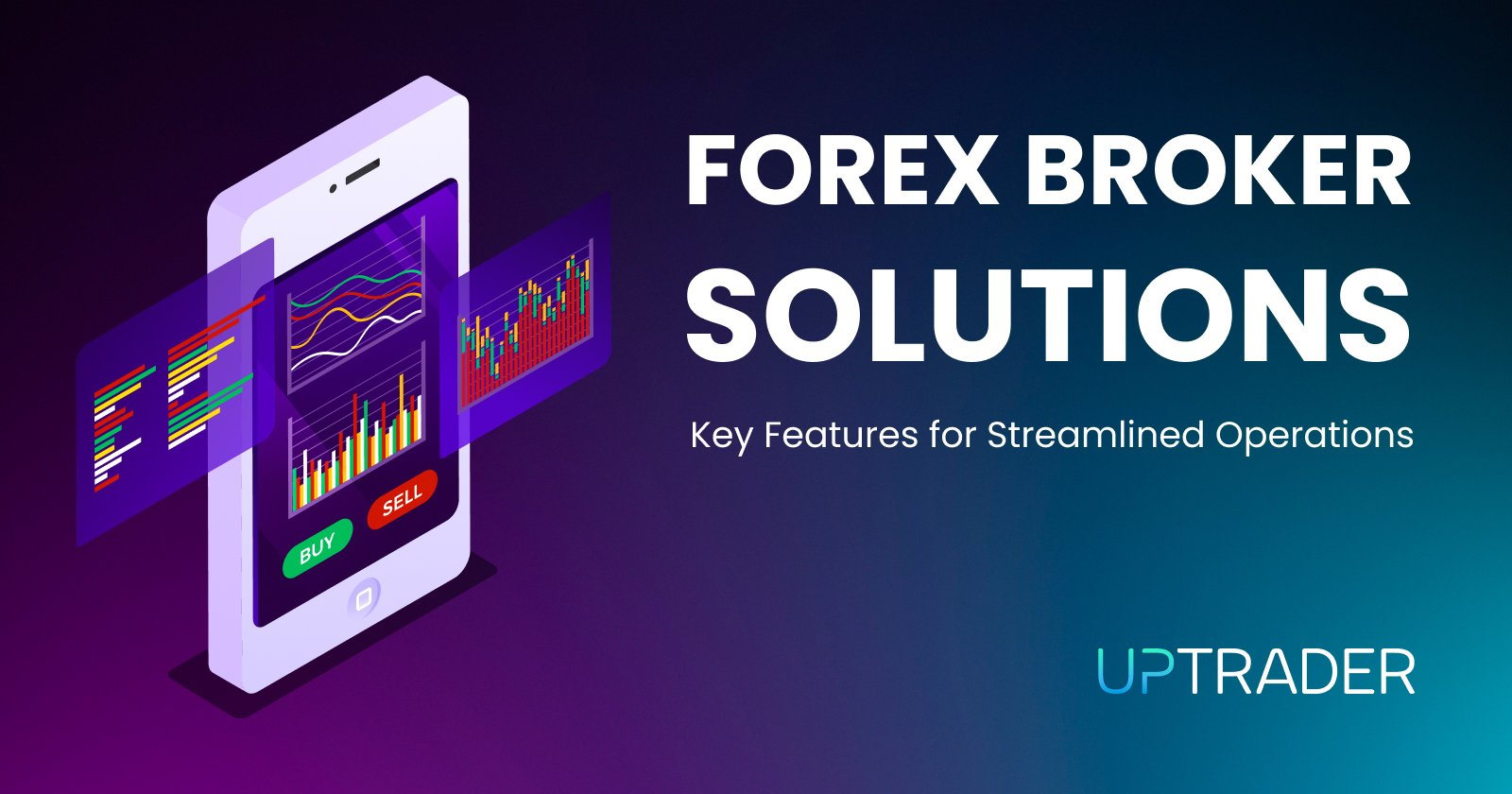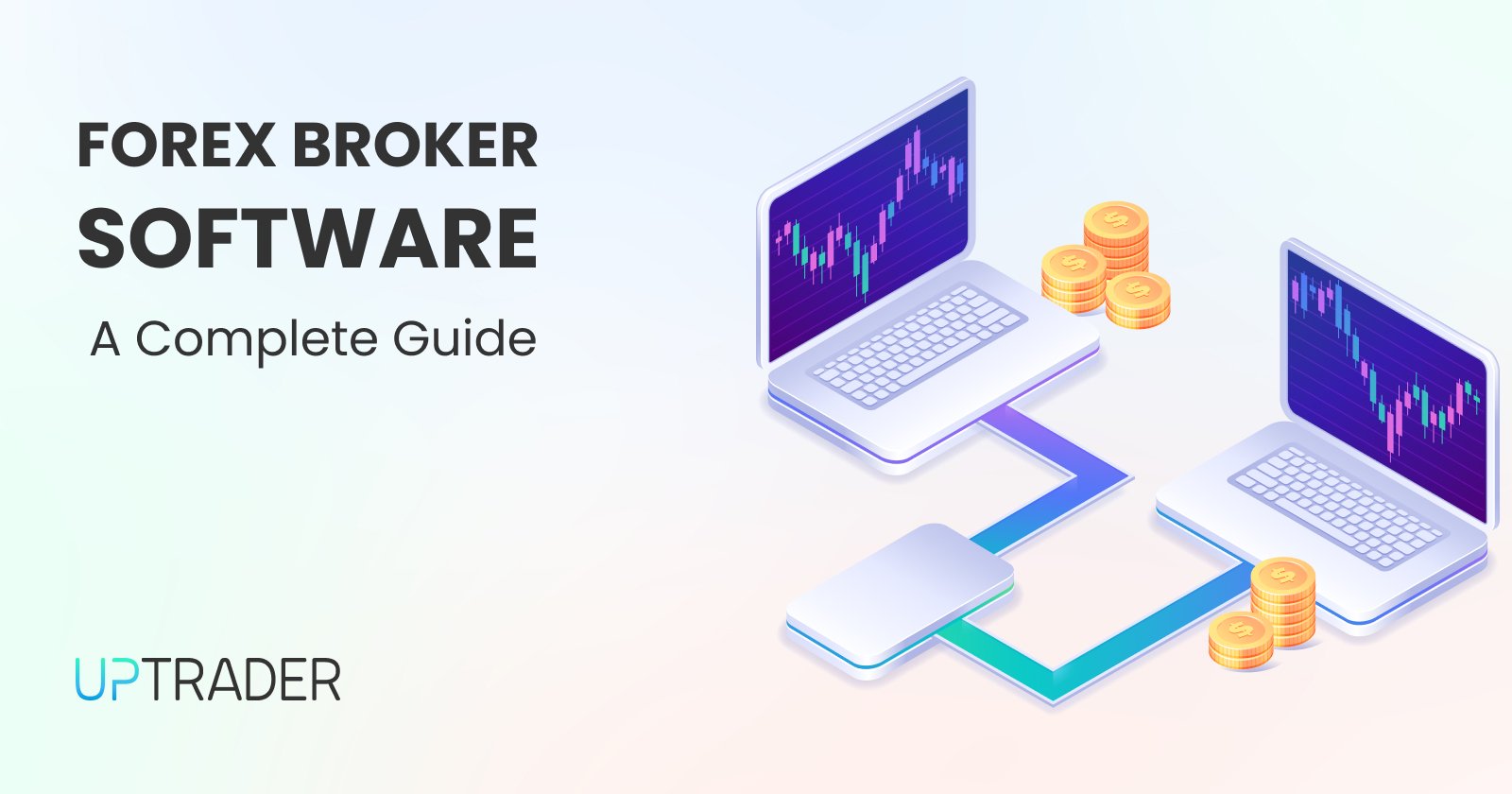
Top Features to Look for in Forex Back Office Software
A Forex back office software takes care of post-trade and administrative processes. These include client account management, trade reconciliation, regulatory reporting, and commission calculation. It is important to choose the right back office software: it can offer lower operational costs, reduce error rates, increase transparency, and provide necessary compliance in a heavily regulated environment. A modern CRM with reporting engines, risk management solutions, and client portals is often provided as one single solution, enabling brokers to take complete control over their operations.
Forex Back Office Software Core Functionalities
Account Management & Client Portal
With a live savings account management module, brokers can grant, edit, and categorize client accounts, manage document sessions, and monitor live account sessions with one interface. This improves business operational efficiency and client satisfaction because traders can view real-time balances, transaction histories, and trading activity.
The client portal, commonly marketed as “Trader’s Room,” allows clients to view their statements and manage deposits and withdrawals without contacting the staff - thus freeing strategic resources.
Trade Reconciliation & Settlement
Trade reconciliation automation incorporates the trade check integration with the execution system and the internal records integration, analyzing discrepancies while validating that all positions and P&L calculations balance before settlement. This automation feature minimizes frivolous expenditures and regulatory worries by instantly identifying errors instead of weeks later.
Settlement modules handle the margins that need to be calculated, align with clearing houses or liquidity providers, and then automate the moving of funds into client accounts, reducing the need for manual intervention and minimization of settlement risk.
Reporting & Analytics
Comprehensive reporting tools optimize report generation by trading volume, commissions, revenue, risk exposure, and client behavior. Brokers can set up automated report dissemination to regulators, management, and business partners for controlled and timely delivery ensuring full visibility.
Data from trading platforms, payment gateways, and CRM systems are uploaded in real-time to advanced analytics dashboards. Instant data visualization facilitates the immediate detection of problematic trading activities, liquidity discrepancies, and unusual withdrawal spikes, thus enabling proactive measures to minimize risk exposure.
Compliance & Risk Management
A complete transaction monitoring system flags suspicious activity and generates a compliance report set in formats pre-approved by regulators with embedded KYC/AML modules that allow customers to upload documents while verifying the identity against watchlists or external databases, thus streamlining customer due diligence processes.
Set margin requirements, stop-out levels, and leverage caps of risk management features allow brokers to configure. Breach alerts set risk profile boundaries, maintaining a balanced risk profile and protecting both clients and the brokerage from extreme market moves.
Billing & Commission Management
Automated billing engines calculate fees for spreads, commissions, swaps, or performance‑based structures. The system can handle multiple commission schemes — including volume‑based tiers, flat fees, or profit‑sharing models — ensuring timely, accurate payouts to Introducing Brokers and affiliates.
Detailed commission reports enable brokers to audit payments and adjust structures as their partnership programs evolve, improving IB motivation and retention.
Multi‑Channel Integration & API Support
With trading platforms such as MetaTrader and cTrader, as well as payment gateways and external CRMs, a robust API framework simplifies data transfer. Such integration guarantees that the client’s trades, activities, and balances are updated in all systems without delays.
Additional payment processors and bank rails must be effortlessly incorporated, granting self-reconciliation of deposits and withdrawals across several currencies and payment methods.
Advanced Features
Real‑Time Data Analytics & Predictive Insights
Beyond simple forecasts, advanced machine-learning algorithms in back-office solutions predict client churn and deposit forecasts, and even identify the most profitable hidden market segments within massive datasets. Brokers can now more accurately plan their marketing initiatives and resource allocation with the help of predictive dashboards.
Automated Onboarding & KYC/AML
Guided processes such as automated document checks and embedded identity verification streamline documentation workflows for clients onboarding, cutting manual processing time from days to minutes. Instant approval paths for low-risk clients or manual review queues for flagged clients create a compliance-balanced efficiency.
Multi‑Tier IB & Affiliate Management
IB modules are sophisticated enough to manage multi-tier commission structures and customizable per-tier rate schedules with real-time performance tracking and consolidated payout reporting — features critical for vertically integrated brokerages that depend on intricate partnership and sponsor networks.
Customization & Scalability
Seek out solutions designed on modular frameworks that allow feature toggling to adapt as requirements shift, be it adding new instruments, jurisdictional expansion, or scaling to a larger client base. White-labeling features for client portals and branded communications promote an uninterrupted brand experience.
Security & Access Control
Role-based access restricts staff and partners only to the relevant data and functions at hand. Two-factor authentication alongside single sign-on and audit trails fortifies the boundaries of unauthorized access while meeting stringent security protocols.
Integration & Compatibility
CRM & OMS Integration
While many back office suites include a built‑in CRM, the ability to integrate with external sales and marketing platforms lets brokers leverage advanced lead‑management workflows and client segmentation tools.
Trading Platform Integration
Intelligent trade data and position management back office services rely on accurate and low-latency trade data streams, which are guaranteed by full connectivity with main trading engines through bridge plugins and API connectors.
Payment & Gateway Integration
Global and local payment methods, including e-wallets, bank transfers and cryptocurrency, widen the clientele. Auto‑reconciliation and instant status updates reduce manual effort and error rates in cash management.
Choosing the Right Software
Vendor Selection Criteria
While evaluating vendors, observe their reputation in the Forex business, client reviews, uptime commitments, and the range of support (24/5 vs 24/7). Check that product revisions occur regularly aligned with evolving regulations and market intelligence.
Implementation & Support
The success of a rollout is dependent on data migration mechanisms, sandbox testing environments, and dedicated project management for the vendor. Training, documentation, and support post go-live have to be proactive to reduce system downtime.
Pricing Models
Back office software is sold on a subscription (SaaS) basis or perpetual license with annual maintenance. SaaS models mitigate upfront expenditures, but may incur user or transaction fees. Assess the total cost of ownership that might include unanticipated expenditures for integration or customization.
Conclusion
There is a solid rationale for purchasing Forex back office software; it transforms operational workflow, compliance processes, and company expansion through strategic investment. Focus on primary account abilities such as account management, reconciliation, reporting, and compliance, paired with sophisticated predictive analytics, multi-tier IB management, flexible configuration options with robust security, ensuring clients' responsive service and scalable infrastructure. In-depth vendor analysis alongside foresight in implementation strategies and open dialogues about pricing guarantees the chosen solution will maximize ROI while fortifying long-term positioning in the Forex landscape.
If you are willing to take advantage of incredible features like CRM solutions, MAM and PAMM modules, Affiliate Programs, and Copy Trading platforms, then talk to a consultant on our site or try UpTrader today.









